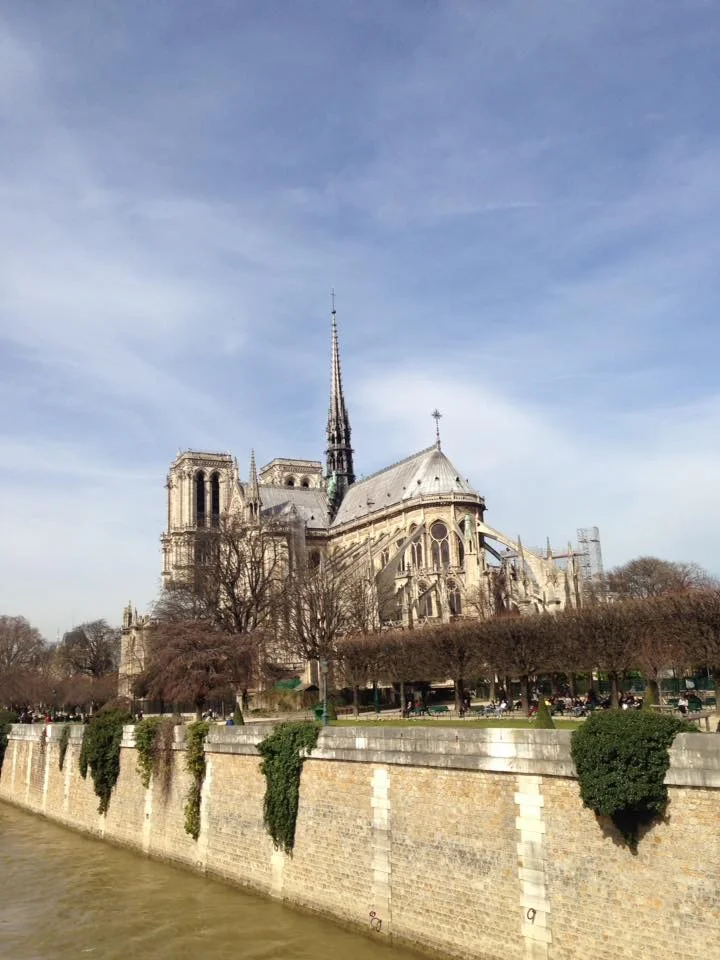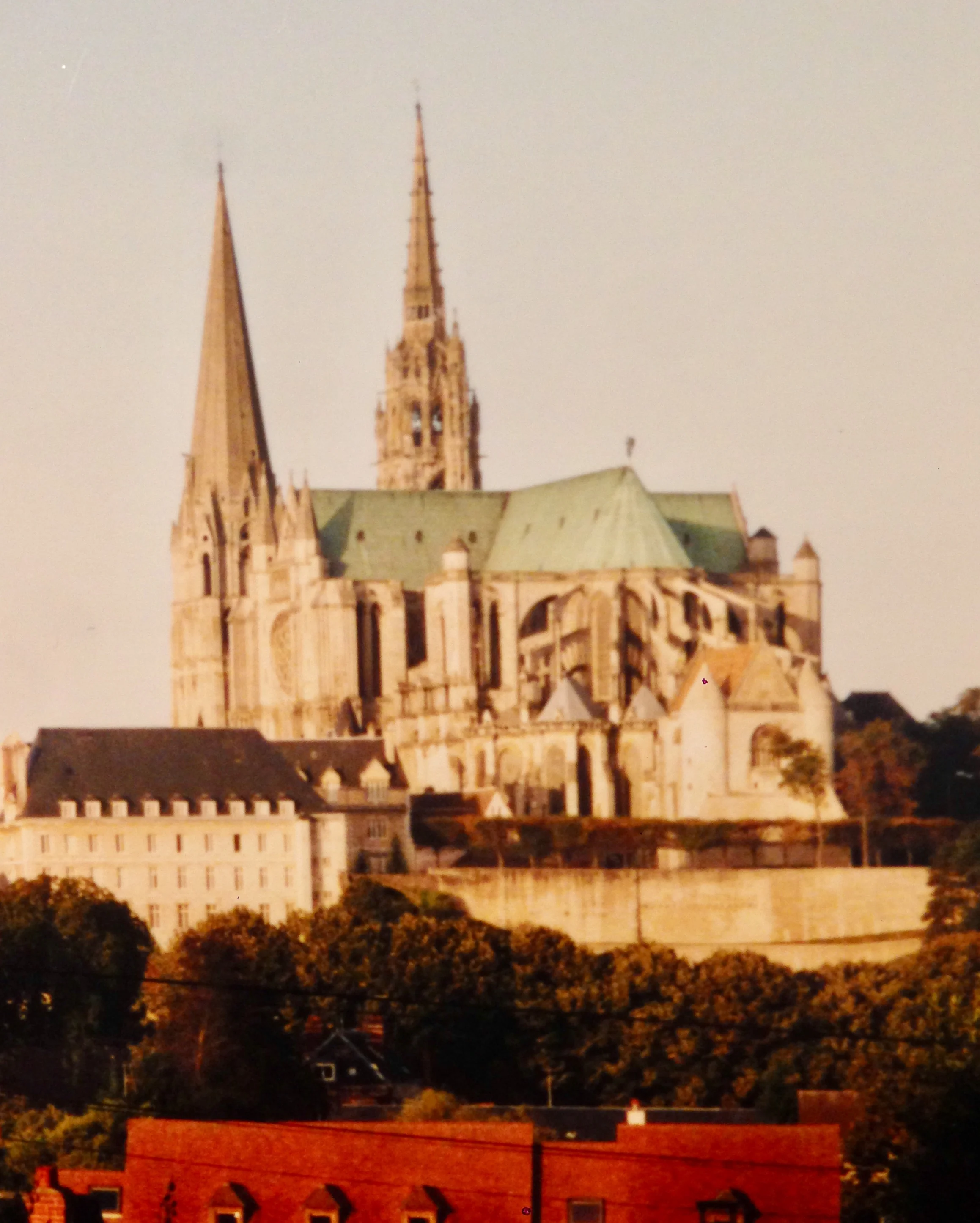Ode to Van Gogh
A bouquet of medium blue irises stands against a slightly swirling yellow background. The scene is simple yet expressive. The brushstrokes carry the paint and show the imperfections of the vase and the errant stem of flowers that won’t stand straight. It’s a small index card sized print inside a gaudy gold painted wooden frame. I can’t remember when I first had it but, in my mind, it is part of the background scene of my childhood and it followed me to my college dorm room, my temporary summer house, my first owned house, and to the bakery where it stood by the window for years. I don’t remember the first time I heard or said the words “Vincent Van Gogh”. I’m pretty sure it was in French.
Down in the basement of my childhood home in Belgium, in my father’s study, where the books took over any free walls or space, and the desk stood piled with papers, I can still see Van Gogh’s painting of a sower at sunset. It hung across from the desk where my father could look up and see it as he worked. Again, those large brushstrokes carried incredible amounts of color and light and life to the flat piece of paper and I knew before I was told that the painting had significance. There were no less than six Van Gogh prints in that house: four large ones with wide and fancy frames, two smaller ones that sat on sideboards or in our rooms. And when I turned fourteen, my future sister-in-law sent me a print of “The Potato Eaters”. If you have ever seen it, it is a dark and gloomy scene that somehow still conveys a pleasant gathering after a hard day’s work. As a fourteen year old, I wasn’t quite sure what to make of it. It is so real, so honest, so earthy.
This print hung in my childhood home. Now it hangs in mine. I knew it by heart before I ever went to Arles, France where it was painted.
Later, in my college class with the great Mary Oyer, I delved into the life of Vincent. I discovered that he had spent time in the mining area of Belgium, the Borinage, as a pastor, living among the miners, giving away his clothes, sleeping on the floor of his tiny room, accompanying them in their hard scrabble daily work. And, later, when he dedicated himself to art, he sought to bring the light to his paintings that he failed to see down in the coal mines. He even moved to southern France where the light creates the landscape and he painted those scenes over and over. When I finally saw my first Van Gogh original, this is what took my breath away: the brushstrokes carrying so much light, life and color, describing with paint the essence of human life.
Recently, in Paris, France, when I saw his paintings coming to life on the walls of L’Atelier des Lumières, I was again overwhelmed by the feelings his works evoke.
I still have a few Van Gogh prints hanging in my house. I am amazed by the originals, when I get the chance to see them. His art challenges me to feel and to see the world from a new perspective. And sometimes it opens unexpected doors in life that I thought I had closed. May art open doors for you!











